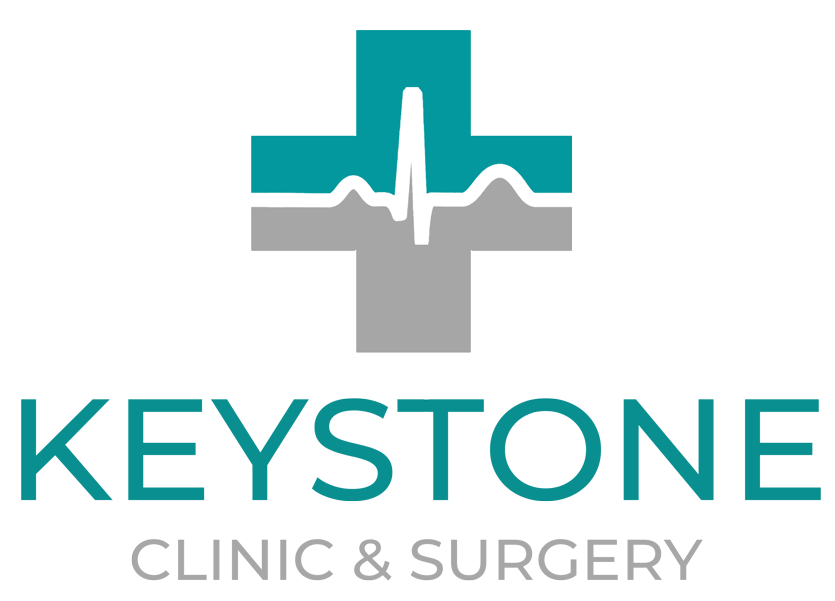Healthcare affordability is a common concern for many Singaporeans, especially as medical expenses can accumulate over time. The Community Health Assist Scheme (CHAS) is a government initiative designed to make healthcare more accessible by providing subsidies for outpatient care at participating clinics and dental clinics.
With the availability of CHAS subsidies, many individuals may wonder if they can fully rely on these subsidies to cover all their healthcare expenditures. This article explores the scope, benefits, and limitations of CHAS subsidies, and offers guidance on how to manage healthcare costs effectively in Singapore.
What Are CHAS Subsidies?
The Community Health Assist Scheme (CHAS) provides subsidies to eligible Singaporeans for medical and dental care at participating General Practitioner (GP) and dental clinics. The scheme is targeted primarily at lower- to middle-income families, seniors aged 60 and above, and individuals with chronic conditions.
CHAS subsidies cover consultations, basic investigations, and chronic disease management services. There are different subsidy tiers, Blue, Orange, and the Pioneer Generation Package, based on household income and specific eligibility criteria. These tiers determine the level of subsidy a patient receives.
Benefits of CHAS Subsidies
The key advantage of CHAS subsidies is that they reduce out-of-pocket healthcare expenses significantly. Patients benefit from subsidised consultation fees, medication costs, and basic laboratory tests, making routine medical care more affordable and encouraging early intervention.
For seniors and those managing chronic conditions, CHAS helps ease the financial burden of regular doctor visits and medication refills. This support improves access to healthcare and contributes to better overall health outcomes in the community.
Limitations of Relying Solely on CHAS Subsidies
While CHAS subsidies are a valuable resource, it is important to understand their limitations and why relying solely on them may not be sufficient for all healthcare needs.
Scope of Coverage
CHAS healthcare subsidies apply mainly to outpatient care at participating clinics. They do not cover specialist consultations, hospital inpatient care, surgeries, or advanced diagnostic procedures. For conditions requiring specialist management or hospitalisation, patients will need to consider other forms of coverage or pay out-of-pocket.
Eligibility Criteria
CHAS clinic subsidies are means-tested and based on household income, meaning not everyone qualifies for the highest level of subsidies. Individuals or families with incomes above the subsidy thresholds may receive lower subsidies or may not be eligible at all.
Caps and Co-Payments
Even with CHAS subsidies, patients are still responsible for co-payments. There are caps on the amount subsidised per visit or treatment. For frequent medical visits or multiple chronic conditions, the cumulative costs can add up.
Medication Coverage
CHAS subsidies cover common medications for chronic diseases prescribed by participating GPs, but not all drugs are subsidised. Newer or specialty medications may not be included, leading to additional out-of-pocket expenses.
Non-Medical Expenses
Costs related to transportation to clinics, additional health screenings, or alternative treatments are not covered under CHAS subsidies.
How to Supplement CHAS Subsidies for Comprehensive Healthcare
Given these limitations, it is wise to adopt a holistic approach to healthcare financing beyond relying solely on CHAS subsidies. Here are some strategies:
1. Utilize MediSave and MediShield Life
MediSave, Singapore’s national health savings scheme, allows individuals to set aside part of their income to pay for hospitalisation and approved outpatient treatments. Coupled with MediShield Life, which provides basic health insurance coverage, these schemes offer additional layers of financial protection.
2. Consider Integrated Shield Plans
For more comprehensive coverage, many Singaporeans opt for Integrated Shield Plans, which provide enhanced insurance benefits, including private hospitalisation and specialist care. This can help offset costs not covered by CHAS or MediShield Life.
3. Budget for Routine Health Screenings
Preventive care is critical to early detection and management of health issues. While some screenings are subsidised under schemes like Healthier SG, others may incur fees. Allocating a budget for regular health screenings can prevent costly treatments later.
4. Maintain a Relationship with a Trusted GP
Regular visits to a trusted primary care provider can help manage health conditions effectively. Many clinics, including Keystone Clinic & Surgery, participate in CHAS and can provide coordinated care, ensuring you maximise subsidies while managing overall health costs.
5. Explore Other Subsidy Schemes and Grants
Beyond CHAS, the government offers other schemes such as the Pioneer Generation Package and Merdeka Generation Package, which provide additional healthcare support for eligible seniors. Stay informed about these options and assess eligibility regularly.
What Happens If You Don’t Qualify for CHAS Subsidies?
If you are not eligible for CHAS subsidies due to income levels or other factors, it’s essential to proactively plan your healthcare finances.
- Explore private insurance options to cover outpatient and inpatient care.
- Use MediSave for outpatient chronic conditions, approved screenings, and vaccinations.
- Discuss with your healthcare provider about cost-effective treatment options and generic medications.
- Consider clinics that offer flexible payment plans or bundled health packages.
How Keystone Clinic & Surgery Supports Patients with CHAS Subsidies
At Keystone Clinic & Surgery, we understand the importance of making healthcare affordable without compromising quality. Our clinic participates in CHAS, ensuring eligible patients receive the appropriate subsidies during consultations and treatment.
Our medical team is committed to providing comprehensive care, including chronic disease management, preventive health screenings, and personalised health advice. We guide patients through subsidy options and help them understand their healthcare entitlements, empowering better health decisions.
For those who may not qualify for CHAS or require services beyond its scope, we offer transparent pricing and support for insurance claims to help ease the financial burden.
Conclusion
While CHAS subsidies play a crucial role in making healthcare more affordable for many Singaporeans, relying solely on them may not be sufficient to cover all healthcare expenditures. Understanding the scope and limits of CHAS is essential in planning your healthcare finances effectively.
Supplementing CHAS with other schemes, insurance plans, and proactive health management can provide better protection against unexpected medical costs and support overall wellbeing. Singapore’s healthcare ecosystem offers multiple layers of support, and being informed about your options enables you to make the best choices for your health and finances.
If you want to learn more about how to maximise your CHAS subsidies or require personalised healthcare services tailored to your needs, contact Keystone Clinic & Surgery today. Our experienced team will guide you through subsidy eligibility, assist with health planning, and provide quality medical care to support your journey towards better health and peace of mind.
References
Chas.sg. CHAS Subsidies. https://www.chas.sg/chas-subsidies
Moh.gov.sg. Community Health Assist Scheme (CHAS). https://www.moh.gov.sg/managing-expenses/schemes-and-subsidies/chas
Keystonemedical.com.sg. What Are the Limitations of CHAS Subsidies?. https://keystonemedical.com.sg/what-are-the-limitations-of-chas-subsidies/

